Scientists find a sub-atomic particle’s mass is at odds with one a theory underpinning modern physics.
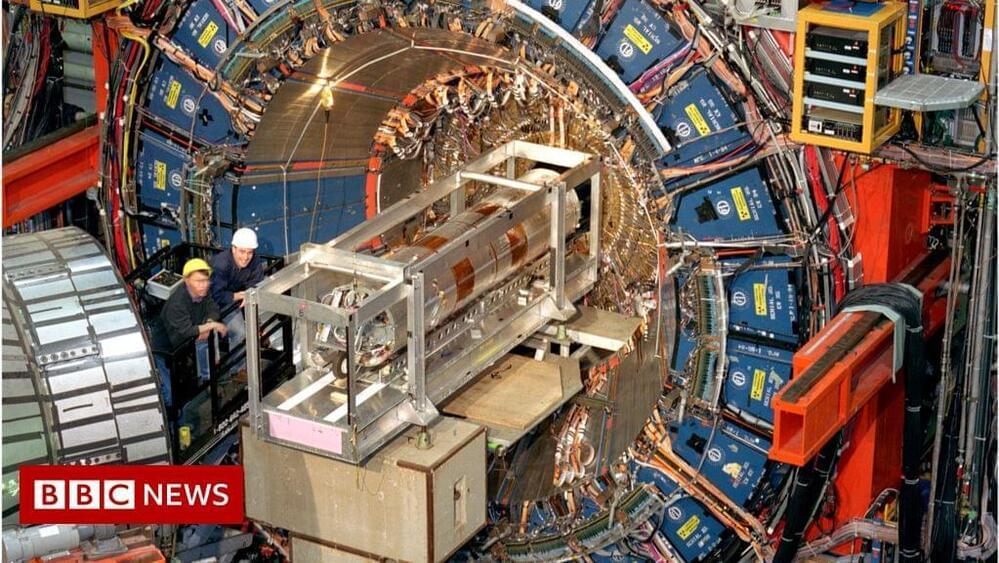


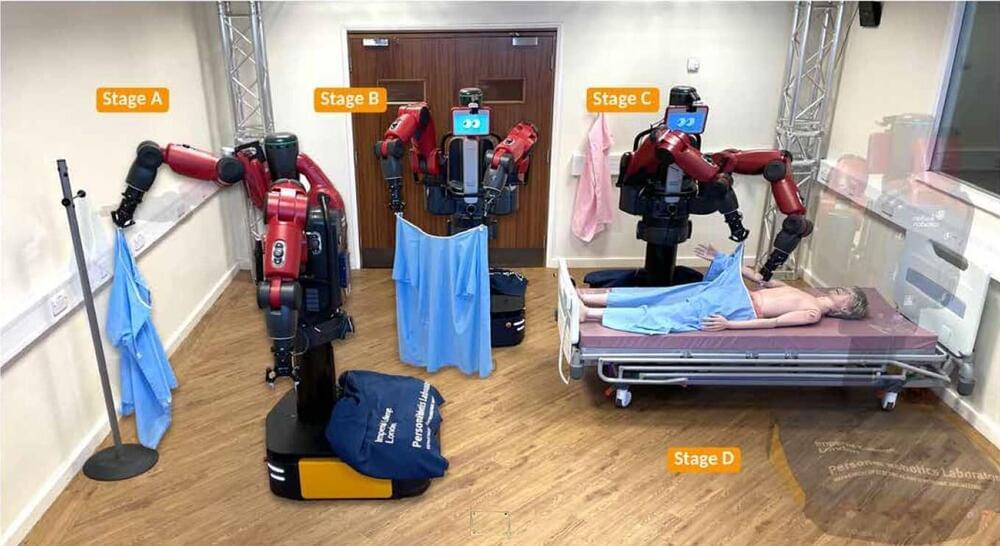
A pair of researchers working in the Personal Robotics Laboratory at Imperial College London has taught a robot to put a surgical gown on a supine mannequin. In their paper published in the journal Science Robotics, Fan Zhang and Yiannis Demiris described the approach they used to teach the robot to partially dress the mannequin. Júlia Borràs, with Institut de Robòtica i Informàtica Industrial, CSIC-UPC, has published a Focus piece in the same journal issue outlining the difficulties in getting robots to handle soft material and the work done by the researchers on this new effort.
As researchers and engineers continue to improve the state of robotics, one area has garnered a lot of attention—using robots to assist with health care. In this instance, the focus was on assisting patients in a hospital setting who have lost the use of their limbs. In such cases, dressing and undressing falls to healthcare workers. Teaching a robot to dress patients has proven to be challenging due to the nature of the soft materials used to make clothes. They change in a near infinite number of ways, making it difficult to teach a robot how to deal with them. To overcome this problem in a clearly defined setting, Zhang and Demiris used a new approach.
The setting was a simulated hospital room with a mannequin lying face up on a bed. Nearby was a hook affixed to the wall holding a surgical gown that is worn by pushing arms forward through sleeves and tying in the back. The task for the robot was to remove the gown from the hook, maneuver it to an optimal position, move to the bedside, identify the “patient” and its orientation and then place the gown on the patient by lifting each arm one at a time and pulling the gown over each in a natural way.
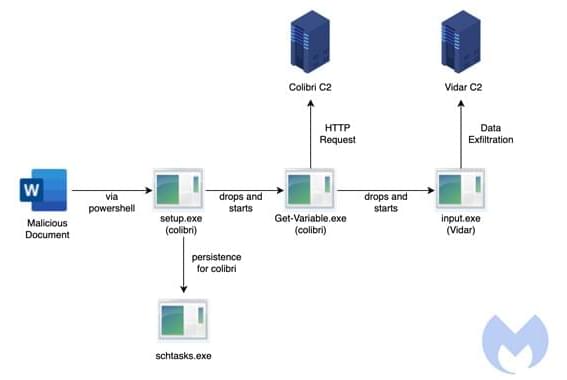
Cybersecurity researchers have detailed a “simple but efficient” persistence mechanism adopted by a relatively nascent malware loader called Colibri, which has been observed deploying a Windows information stealer known as Vidar as part of a new campaign.
“The attack starts with a malicious Word document deploying a Colibri bot that then delivers the Vidar Stealer,” Malwarebytes Labs said in an analysis. “The document contacts a remote server at (securetunnel[.]co) to load a remote template named ‘trkal0.dot’ that contacts a malicious macro,” the researchers added.
First documented by FR3D.HK and Indian cybersecurity company CloudSEK earlier this year, Colibri is a malware-as-a-service (MaaS) platform that’s engineered to drop additional payloads onto compromised systems. Early signs of the loader appeared on Russian underground forums in August 2021.
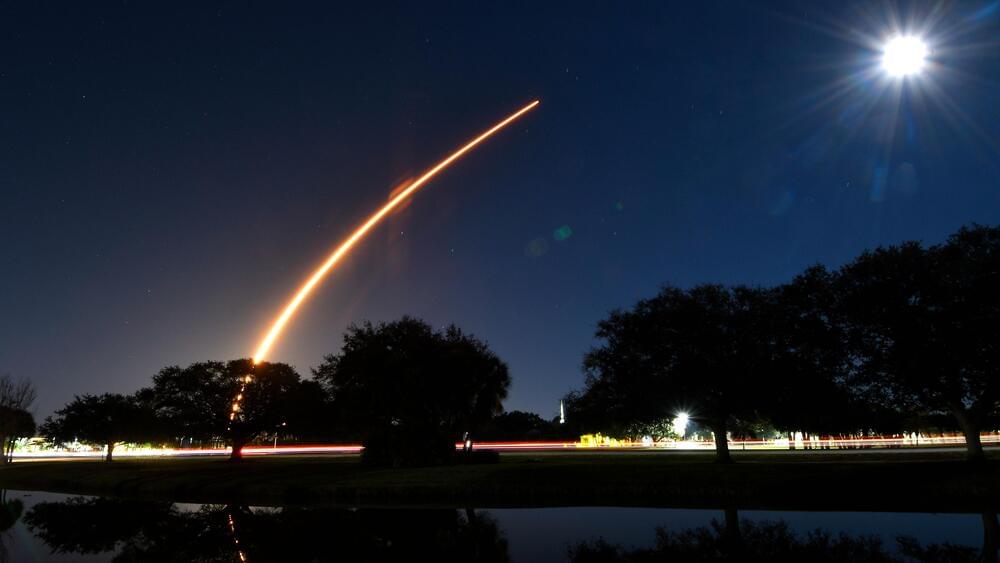
The night sky has been a source of information and wonder since the dawn of humankind — and it looks almost the same now as it did then.
But the night sky as we know it is on the precipice of changing dramatically due to the proliferation of satellites just a few hundred miles above Earth.
“For the first time in human history, we’re not going to have access to the night sky in the way that we’ve seen it,” Samantha Lawler, an assistant professor of astronomy at the University of Regina in Canada, said.
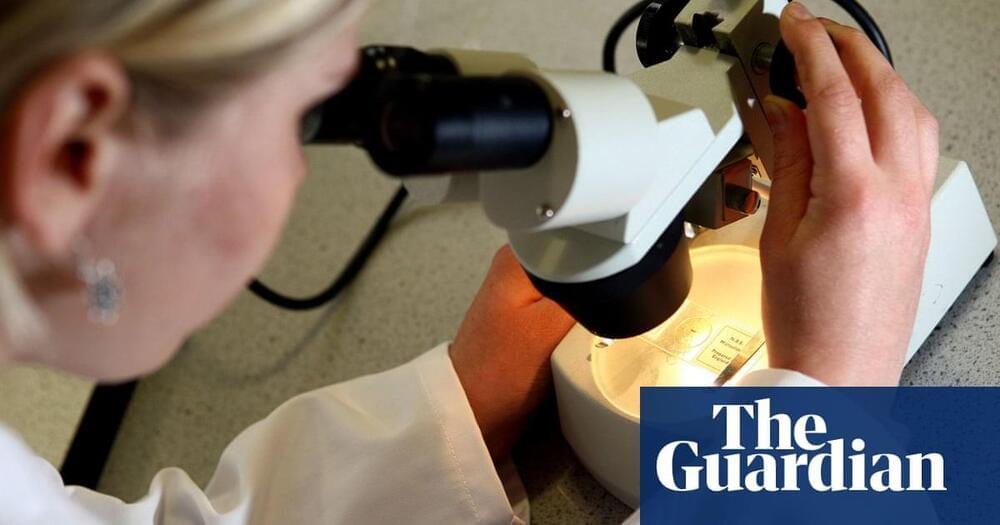
People could eventually be able to turn the clock back on the cell-ageing process by 30 years, according to researchers who have developed a technique for reprogramming skin cells to behave as if they are much younger.
Research from the Babraham Institute, which is affiliated to the University of Cambridge, could lead to the development of techniques that will stave off the diseases of old age by restoring the function of older cells and reducing their biological age.
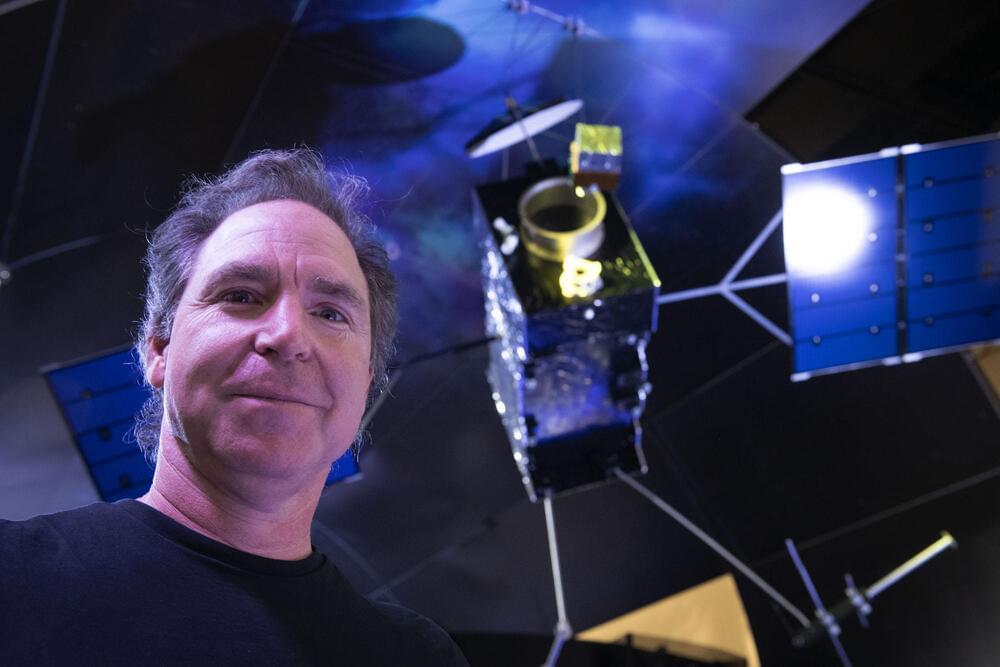
COLORADO SPRINGS — Megaconstellation startup E-Space is preparing to deploy the first of potentially hundreds of thousands of satellites on a Rocket Lab mission slated for no earlier than April 19.
Three E-space prototypes are part of the 34 payloads that Rocket Lab said April 5 are on the upcoming mission, including satellites for Alba Orbital, Astrix Astronautics, Aurora Propulsion Technologies, Unseenlabs and Swarm Technologies.
Rocket Lab will also attempt a mid-air helicopter capture of its Electron launch vehicle for the first time after the flight. The launch is set to commence within a 14-day window starting on April 19 and represents a major step in Rocket Lab’s plans to make the rocket reusable.

Circa 2021
Swiss researchers said Monday they had calculated the mathematical constant pi to a new world-record level of exactitude, hitting 62.8 trillion figures using a supercomputer.
“The calculation took 108 days and nine hours” using a supercomputer, the Graubuenden University of Applied Sciences said in a statement.
Its efforts were “almost twice as fast as the record Google set using its cloud in 2019, and 3.5 times as fast as the previous world record in 2020”, according to the university’s Center for Data Analytics, Visualization and Simulation.

The W boson, one of the tiniest, most elementary particles in the known universe is causing a big ruckus in the field of particle physics.
New findings about the particle, which is fundamental to the formation of the universe, suggest its mass may be far heavier than predicted by the Standard Model of particle physics —the theoretical “rulebook” that helps us make sense of the building blocks of matter. If true, it could signal a monumental shift in our understanding of the universe.
According to the Standard Model, W bosons (together with another particle, called Z bosons) are responsible for the weak nuclear force, one of the four forces that hold together all observable matter in the universe. The other forces include gravitational force (for which there is currently no explanation in the Standard Model), electromagnetic force, and the strong nuclear force.
